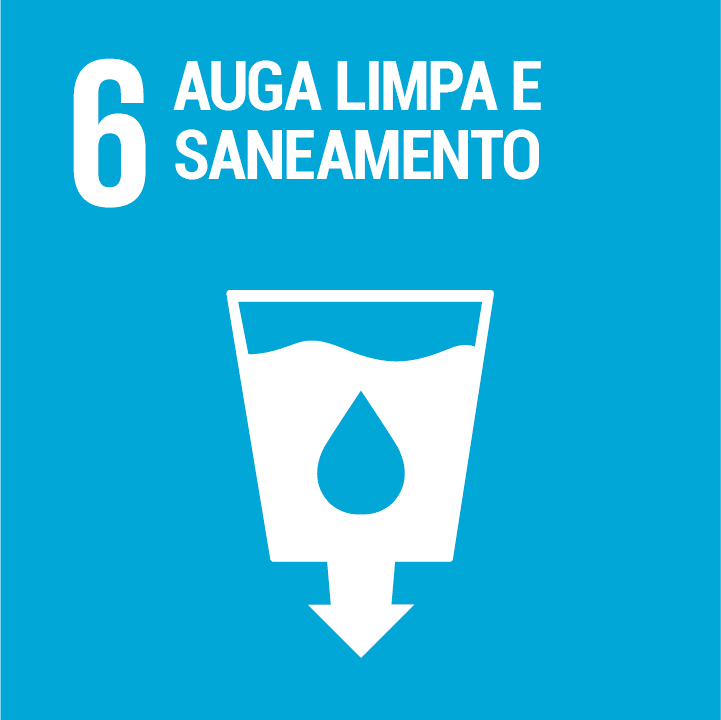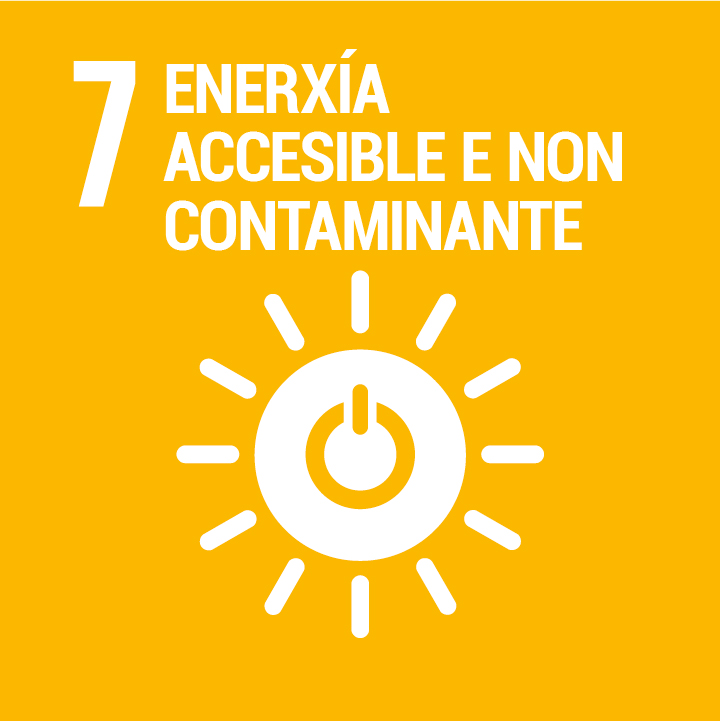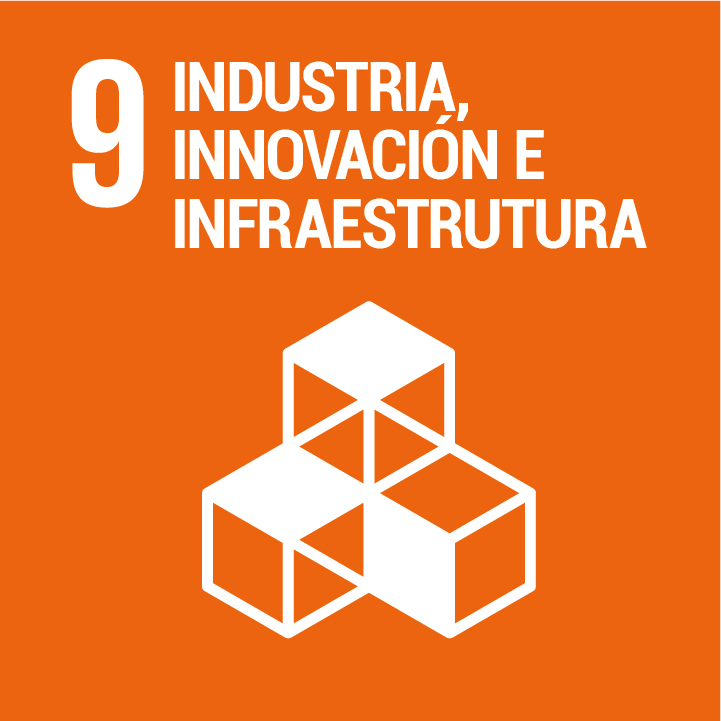
Research topics
- Propulsion and emissions
- Electric vehicle
- Fuel saving systems
- Vehicle dynamics
- Accessible, safe and sustainable transport
- Smart mobility and security
In the field of transport, new and innovative propulsive solutions are needed, based on electric motors and batteries, hydrogen and fuel cells, gas engines and advanced engine or hybrid propulsion architectures and technologies. The use of carbon-free fuels and electricity from renewable sources in all forms of transport. Reducing fuel consumption by reducing weight and reducing aerodynamic, hydrodynamic and rolling resistance using lighter materials, simpler structures and innovative designs.
CINTECX maintains a very intense activity in simulation for the transport sector. We develop work for both the conventional vehicle, developing new fuels, improving aerodynamics thus reducing the consumption of the conventional thermal vehicle, as well as the hybrid electric vehicle. This presents new challenges, generally associated with thermal management.
For the railway sector we mainly perform simulations of train aerodynamics, which require great calculation capabilities. With complete train simulations, we manage to improve the aerodynamic performance of the train, thereby reducing its consumption and energy demands. The simulations allow us to avoid very expensive tests in wind tunnel.
The simulations we do for the naval sector are mainly focused on finding alternatives to conventional propulsion systems. This includes both the simulation of new fuels with a lower carbon footprint, as well as more disruptive solutions such as carbon-free fuels that could be ammonia or hydrogen.
In our engine test bench facilities, data obtained not only serve us for the validation of some of the mathematical models developed, but are also available to offer services to directly perform tests requested by the manufacturers of engines, fuels or oils.
On the other hand, we are also developing a series of projects related to the field of mobility and transport infrastructures in aspects such as increasing the resilience of these infrastructures to extreme events.
Sustainable Development Goals









